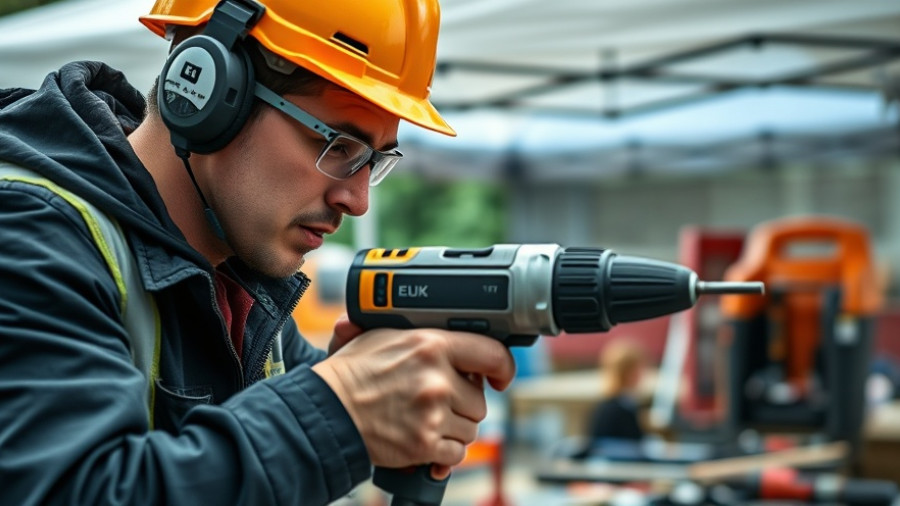
Honoring Veterans Through Community Engagement
TAMKO Building Products and the Kansas City Chiefs are reviving their Veteran Roof Giveaway program, offering a meaningful way to support local veterans while promoting community service. This initiative, which first launched last year, allows participants to nominate veterans who may not have the resources to achieve essential home renovations, particularly a new roof. With a cost-effective and impactful approach, this initiative aligns with the growing trend of corporate social responsibility, resonating deeply with both community values and the need for sustainable practices in construction.
Immediate Benefits Beyond Roofs
The benefits of the Veteran Roof Giveaway extend beyond just providing a physical structure. The initiative is designed to uplift the morale of veterans by recognizing their contributions to the country, thus fostering a sense of belonging and worth. For businesses, involvement in such programs enhances brand reputation and draws customers who appreciate socially responsible practices.
The Timeliness of Giving Back
With ongoing discussions about social contributions and the economy, this initiative is timely. As we emerge from the challenges presented by the pandemic, communities are looking for ways to reconnect and rebuild. Programs like these do not just help individual homeowners; they signal a commitment to community resilience. Moreover, TAMKO's involvement emphasizes how corporations can leverage their resources to positively impact lives while also capitalizing on growing consumer interest in charitable enterprises.
What Business Leaders Can Learn from the Giveaway
For business owners and property developers, engaging with social initiatives can open doors to new opportunities. By aligning their operations with community needs, they can enhance their customer base and increase loyalty. This program serves as an example of how corporate initiatives can effectively balance profit motives with community welfare, demonstrating that social perception can significantly influence market action.
Next Steps for Interested Nominees
Veterans or their nominators can find more information about the application process through TAMKO's website, which provides detailed guidelines on how to participate in the giveaway. It’s an invitation not only to improve a home's infrastructure but also to become part of a larger network committed to uplifting veterans.
In conclusion, the Veteran Roof Giveaway showcases how community-focused initiatives can create significant impact while aligning with sound business practices. By participating in such programs, businesses not only enhance their societal contributions but also reap the benefits of a dedicated customer base that appreciates authenticity and social responsibility.
 Add Row
Add Row  Add
Add 




Write A Comment